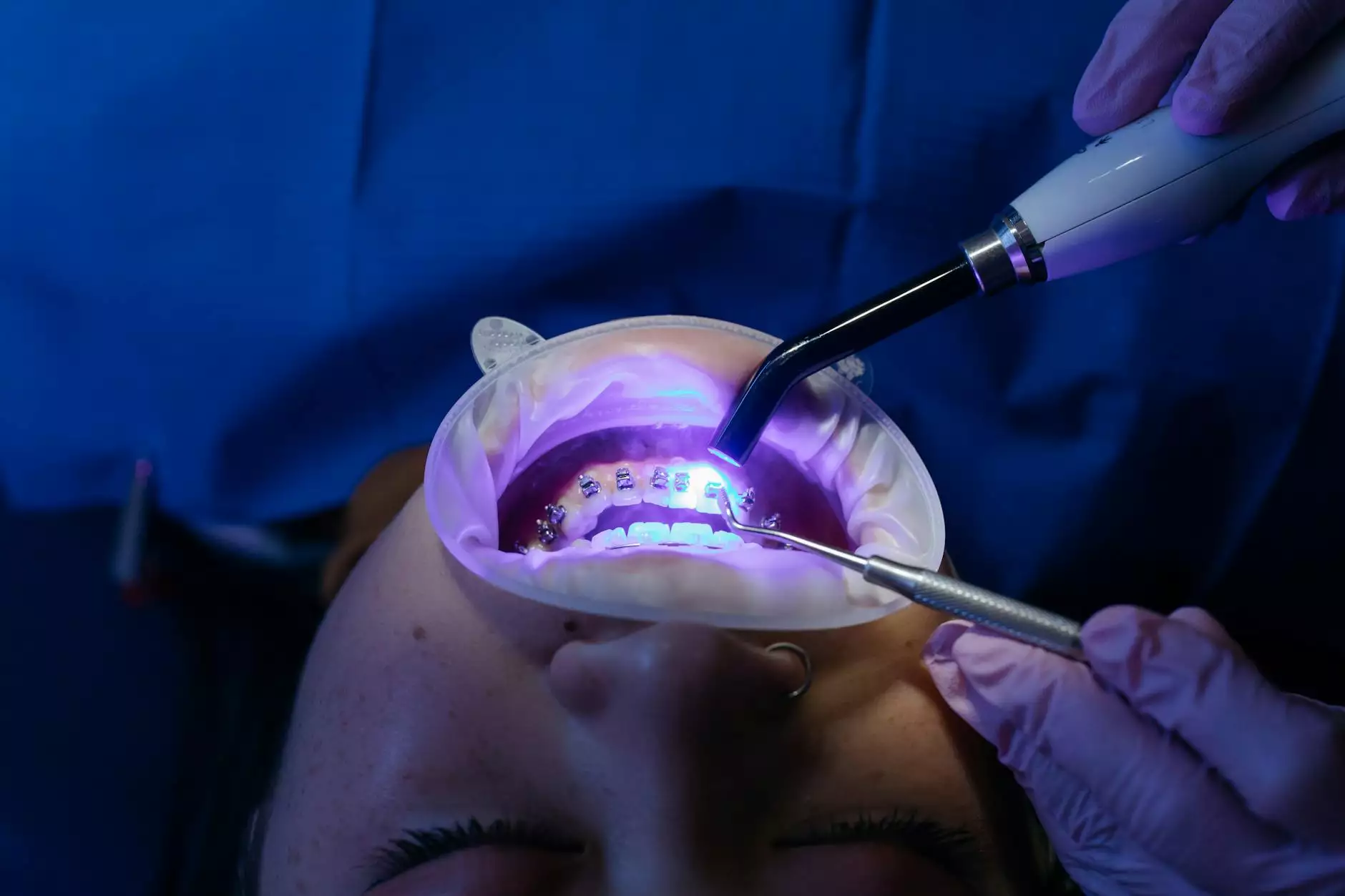Understanding Foot Ultrasound: A Comprehensive Guide

The human foot is a remarkable structure, capable of withstanding the pressures of daily life, yet vulnerable to various conditions that can affect mobility and overall well-being. Among the advanced diagnostic tools available today, foot ultrasound has emerged as a significant asset in the realm of health and medical diagnostics. This article delves deep into the world of foot ultrasound, uncovering its benefits, procedures, and its vital role in the diagnosis and treatment of foot-related ailments.
What is Foot Ultrasound?
Foot ultrasound is a non-invasive imaging technique that utilizes high-frequency sound waves to create detailed images of the structures within the foot. This technology is pivotal for podiatrists and other medical professionals striving to diagnose various foot conditions accurately. Unlike traditional imaging techniques such as X-rays or MRIs, foot ultrasounds do not expose patients to harmful radiation, making them a safer alternative.
How Does Foot Ultrasound Work?
The foot ultrasound procedure typically involves the following steps:
- Preparation: Patients may be asked to remove footwear and socks, exposing the foot for the ultrasound. There are no special dietary restrictions prior to the procedure.
- Application of Gel: A conductive gel is applied to the foot to facilitate the transmission of sound waves.
- Ultrasound Probe Use: A handheld device known as a transducer is moved over the foot. This device emits sound waves that bounce off the internal structures of the foot.
- Image Capture: The reflected sound waves are then converted into real-time images displayed on a monitor, allowing healthcare professionals to analyze the foot's anatomy.
- Interpretation: The physician evaluates the images to diagnose any conditions or concerns.
This simple yet effective procedure usually takes between 30 and 60 minutes, depending on the complexity of the examination.
Benefits of Foot Ultrasound
The incorporation of foot ultrasound in diagnostic practices offers several advantages:
- Non-invasive: This procedure does not involve any incisions or invasive techniques, ensuring patient comfort.
- Real-time Imaging: Physicians can observe the foot's internal structures in real-time, leading to immediate assessment and potential diagnosis.
- No Radiation Exposure: Unlike X-rays, ultrasounds use sound waves and have no associated radiation risks, making them safer for patients.
- High Sensitivity: Ultrasound is particularly effective in diagnosing soft tissue injuries, such as ligament or tendon damage.
- Cost-Effective: Foot ultrasound tends to be less expensive compared to other imaging techniques, making it accessible to more patients.
Conditions Diagnosed with Foot Ultrasound
Foot ultrasound plays an essential role in diagnosing a myriad of conditions affecting the foot:
- Plantar Fasciitis: A common cause of heel pain, this condition can be effectively diagnosed through ultrasound imaging that visualizes inflammation of the plantar fascia.
- Tendinitis: Injuries to the tendons, such as Achilles tendinitis, can be identified, revealing inflammation or tears in the tendon.
- Ligament Injuries: Ultrasound can highlight tears in the ligaments, providing vital information regarding stability and movement.
- Bursitis: The inflammation of bursae, small fluid-filled sacs that cushion the joints, can be effectively assessed using ultrasound.
- Soft Tissue Masses: Lipomas or other abnormal growths can be detected through ultrasound imaging, helping guide treatment options.
Preparing for a Foot Ultrasound
Preparation for a foot ultrasound is generally minimal. Here are some basic steps to ensure an efficient procedure:
- Dress Comfortably: Wear loose clothing and sandals or open footwear to facilitate easy access to the foot.
- Discuss Medical History: Inform the healthcare provider of any prior injuries, surgeries, or treatments related to the foot.
- Follow Instructions: Adhere to any specific instructions provided by the medical facility regarding the ultrasound.
What to Expect During the Procedure
When you arrive for your foot ultrasound, you will be greeted by a trained ultrasound technician. The procedure is generally straightforward:
- Initial Consultation: The technician will ask about your medical history and discuss the areas of concern.
- Gel Application: A cool, conductive gel will be applied to your foot to aid in sound wave transmission.
- Scans Performed: The technician will move the transducer over various areas of the foot, capturing images while they do so.
- Post-Procedure Review: After images are obtained, you may be asked to wait briefly while the technician performs a preliminary review.
Interpreting the Results
Once the foot ultrasound is complete, the images will be reviewed by a qualified healthcare professional, often a podiatrist or radiologist. The results will typically:
- Identify Abnormalities: Any discrepancies from normal anatomy will be recognized, assisting in diagnosis.
- Guide Treatment: Based on the findings, personalized treatment options can be recommended, ranging from physical therapy to surgical intervention if necessary.
- Follow-Up Care: Further imaging or evaluations may be suggested to monitor progression or response to treatment.
Advancements in Foot Ultrasound Technology
The field of ultrasound technology continues to grow, enhancing how medical professionals diagnose and treat foot conditions. Recent advancements include:
- High-Resolution Imaging: Improved transducer technology provides clearer images, enabling more accurate diagnoses.
- Portable Ultrasound Units: The development of portable ultrasound machines allows for more accessible diagnostics in various settings, including clinics and remote areas.
- Integration with Other Imaging Techniques: Combining ultrasound with other imaging modalities, such as MRI or CT scans, offers a comprehensive understanding of foot health.
Foot Ultrasound in Athlete Care
For athletes, maintaining foot health is paramount. Foot ultrasound plays a crucial role in sports medicine by:
- Providing Early Diagnosis: Quick assessment of injuries enables timely interventions, preventing further damage.
- Monitoring Healing Processes: Regular ultrasounds can help track recovery from injuries, ensuring athletes return to peak performance safely.
- Guiding Rehabilitation Programs: By understanding the specific nature of injuries, physical therapists can tailor rehabilitation protocols that address individual needs.
Conclusion: The Future of Foot Health with Ultrasound
As technology advances, the opportunities for foot ultrasound in diagnosing and treating foot conditions will only expand. Its non-invasive nature, safety, and effectiveness make it a fundamental aspect of modern podiatric practice. By prioritizing foot health and utilizing advanced diagnostic tools like ultrasound, individuals can better manage their conditions, enhancing their quality of life and mobility.
If you are experiencing foot pain or discomfort, consider consulting a healthcare professional to discuss the benefits of foot ultrasound and how it may assist in your treatment journey. Your feet deserve the best care!









